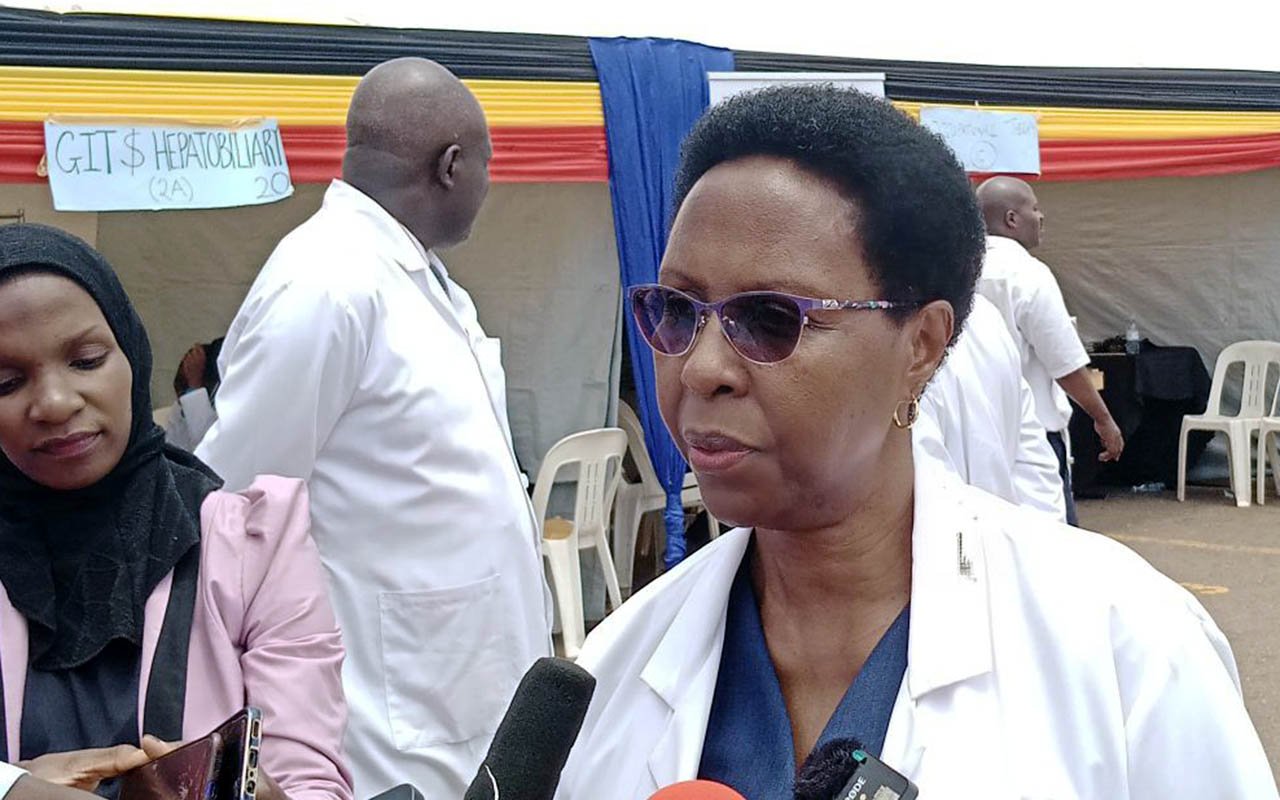A birth gone horribly wrong III

What you need to know:
- On October 1 1999, Nadine Montgomery, a known diabetic and carrying her first pregnancy was induced into labour by a one Dr McLellan, who was her obstetrician.
- The labour was induced at 38 weeks of pregnancy. After the birth, the baby was diagnosed as suffering from severe brain damage which had been caused by the deprivation of oxygen.
On October 1 1999, Nadine Montgomery, a known diabetic and carrying her first pregnancy was induced into labour by a one Dr McLellan, who was her obstetrician. The labour was induced at 38 weeks of pregnancy. It is an established fact that diabetic mothers have big babies.
Montgomery’s labour was induced by the administration of hormones. After several hours, the labour became arrested.
The strength of contractions was then augmented by the administration of further hormones over a further period of several hours, so as to overcome whatever was delaying progress towards normal delivery. When the baby’s head failed to descend normally, the doctor used forceps to pull it out. At 5.45pm the baby’s shoulder became impacted at a point where half of his head was outside the birth canal.
Complications
The doctor had never dealt with such a situation before, a situation later described in court as every obstetrician’s nightmare.
The mother was given a general anaesthetic to enable the baby to be pushed back into the uterus in order to perform an emergency Caesarean Section but the doctor decided that she (the doctor) had no other option but to try to complete the delivery. The doctor pulled the baby’s head with significant traction to complete the delivery of the head.
In order to release the rest of the body of the baby, the doctor cut the mother’s pelvic joint. Eventually, with what was described as a huge adrenaline surge, the doctor succeeded in pulling the baby free at 5.37 pm.
During the 12 minutes between the baby’s head appearing and the delivery, the umbilical cord was completely or partially compressed, depriving him of oxygen. After the birth, the baby was diagnosed as suffering from severe brain damage which had been caused by the deprivation of oxygen.
The brain damage affected all the four limbs of the baby. In addition the baby also suffered injury to the nerves arising from the spinal cord to the arms leading to the paralysis of the arms. It was clear to court that if Montgomery had had an elective Caesarean Section, her son would have been born uninjured.
Information to the mother
An expert told court that the obstetrician’s failure to inform the mother of the risk of shoulder dystocia was contrary to proper medical practice. This is whether or not the mother had asked about the risks associated with normal delivery.
Another expert told court that if the mother had concerns about the size of her baby, then it was proper practice to discuss the potential problems that could arise because of the baby’s size. That discussion would have included the risk of shoulder dystocia, and the option of an elective Caesarean Section.
A defence witness told court that what the obstetrician told the mother was an adequate response to the mother’s expressions of concern about the size of her baby and the mother’s ability to deliver the baby normally. Another expert witness considered that it was reasonable for the obstetrician not to discuss the dangers of shoulder dystocia with the mother as the risks of a serious outcome for the baby were small.
The expert told court that if doctors were to warn all mothers at the risk of shoulder dystocia, then most women would request for Caesarean Sections. The expert, however, accepted, under cross-examination that if a patient asked about risks of a procedure, then the doctor was bound to respond.
Court’s decision
It was submitted to court that the mother should have been informed of the risk of shoulder dystocia if normal delivery was proposed to her. Court also submitted that she should have been advised about the alternative of delivery by Caesarean Section. The trial Judge, however, rejected this submission on the grounds that what the obstetrician did was accepted as proper by a responsible body of medical opinion.
Court also declined to rule in the mother’s favour on issue of the risks involved in such a procedure. To the presiding judge although there was a significant risk of shoulder dystocia, that did not in itself require a warning since in the vast majority of cases shoulder dystocia was dealt with by simple procedures and the chance of a severe injury to the baby was tiny. Another court had, however, earlier held in a similar case that the risk of shoulder dystocia was in itself sufficiently serious for the expectant mother to be entitled to full disclosure about it.
What the law says
The law is that a doctor must, when questioned specifically by a patient about the risks involved in a particular treatment proposal, answer truthfully and as fully as the question requires.
The judge rejected the argument that the obstetrician breached her duty of care to the patient when she did not disclose the risks involved in this particular delivery.
The judge accepted that, although, the mother had raised concerns about her ability to deliver such a large baby normally, her questions were not specific. That is, she did not raise questions of specific risks involved in normal delivery.
Background
On October 1 1999, Nadine Montgomery, a known diabetic and carrying her first pregnancy was induced into labour by a one Dr McLellan, who was her obstetrician. The labour was induced at 38 weeks of pregnancy. After the birth, the baby was diagnosed as suffering from severe brain damage which had been caused by the deprivation of oxygen.




